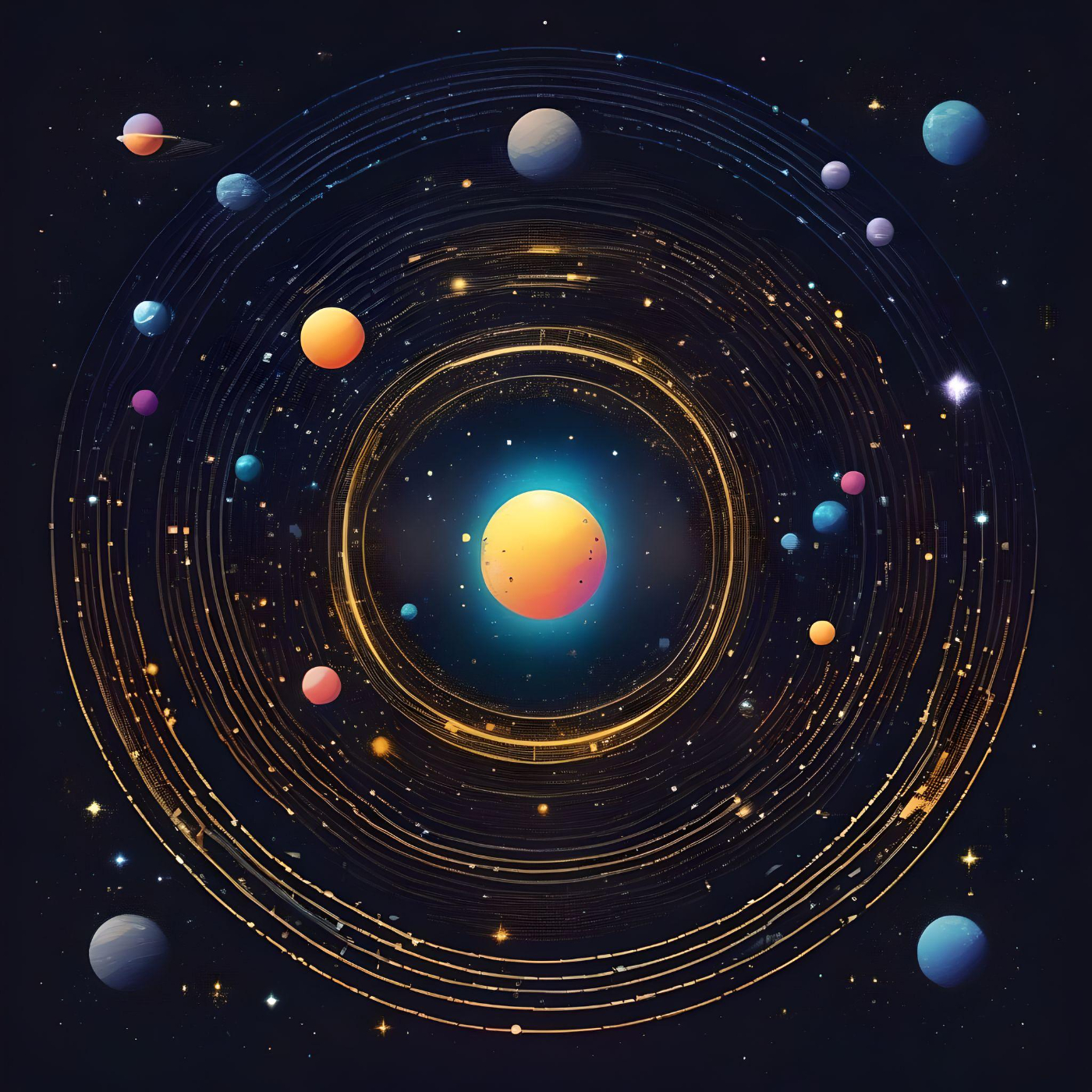How SkyCURTAINs Redefines the Search for Stellar Streams
by
June 17th, 2025
Audio Presented by

Shielding the planet from harmful solar radiation.
Story's Credibility

About Author
Shielding the planet from harmful solar radiation.

Shielding the planet from harmful solar radiation.

Shielding the planet from harmful solar radiation.